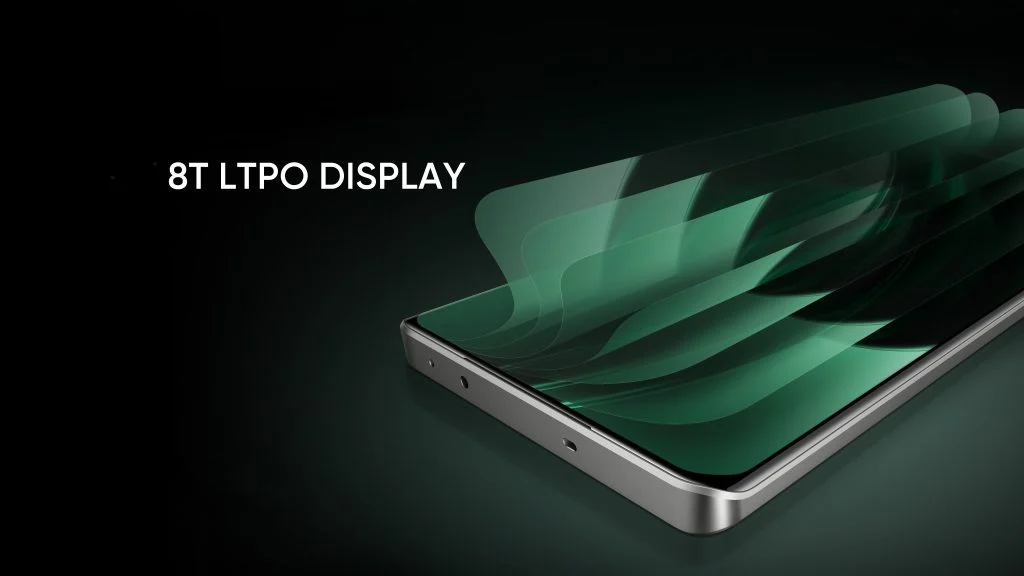with release Android15 Google is rolling out a big improvement for Android displays: true variable refresh rate support (VRR). This adaptive refresh rate (ARR) feature allows displays to dynamically adjust refresh rates based on content type to reduce power consumption and improve user experience.
Current status with LTPO and limited VRR on Android devices
For those interested in the variable refresh rate feature of 8T LTPO (Low Temperature Polycrystalline Oxide) panels, it’s worth noting that these displays switch between a set of predefined refresh rates rather than offering a completely continuous 1Hz to 120Hz range.
Manufacturers preset these displays to switch between specific refresh rates, ranging from 1Hz, 10Hz, 30Hz, 60Hz, and up to 120Hz, depending on the content being viewed. For example, I’ve never seen the 8T LTPO panel on the iQOO Neo9 Pro at a refresh between these predefined values.
This is due to limitations of Android software, which only supported discrete display modes until Android 15.
This differs from VRR technology on PCs, where the refresh rate can be synchronized with the frame rate in real time and is constantly adjusted based on the frames being played. This real-time synchronization provides smoother transitions and improved responsiveness, especially in games. Android devices, on the other hand, have traditionally lacked this flexibility.
Google to implement adaptive refresh rates in Android 15
With Android 15, Google has redesigned Android’s display infrastructure by introducing true ARR (Adaptive Refresh Rate) support, which allows displays to adjust their refresh rates in a single display mode.
This improvement is made possible by updates to the Hardware Composer (HWC) hardware abstraction layer (HAL). HWC HAL version 3 allows the system to optimize the refresh rate by analyzing the content type and adjusting the refresh rate accordingly, without the need to switch between modes. This reduces “flicker” or visual stuttering, which is often a result of changing display modes in previous versions of Android.
Also read – Windows 11 will soon be able to customize widgets on the lock screen
Hardware compatibility?
However, enabling ARR requires hardware compatibility. Devices require support for HWC HAL version 3, which is available on some new devices such as smartphones with Qualcomm Snapdragon 8 Elite processors. Older devices may not receive ARR due to lack of hardware or kernel support, even if they receive Android 15.
Unfortunately, Google’s ARR approach won’t provide PC-like syncing for games, as the feature only allows refresh rates that match “panel tearing effect (TE) splitters.”
While this ARR update is promising, widespread adoption will depend on hardware support and the willingness of OEMs to adopt HWC HAL v3; This may limit the feature to new flagship models. All that said, Google’s addition of true VRR functionality is a significant step towards more dynamic and power-efficient display on Android.














